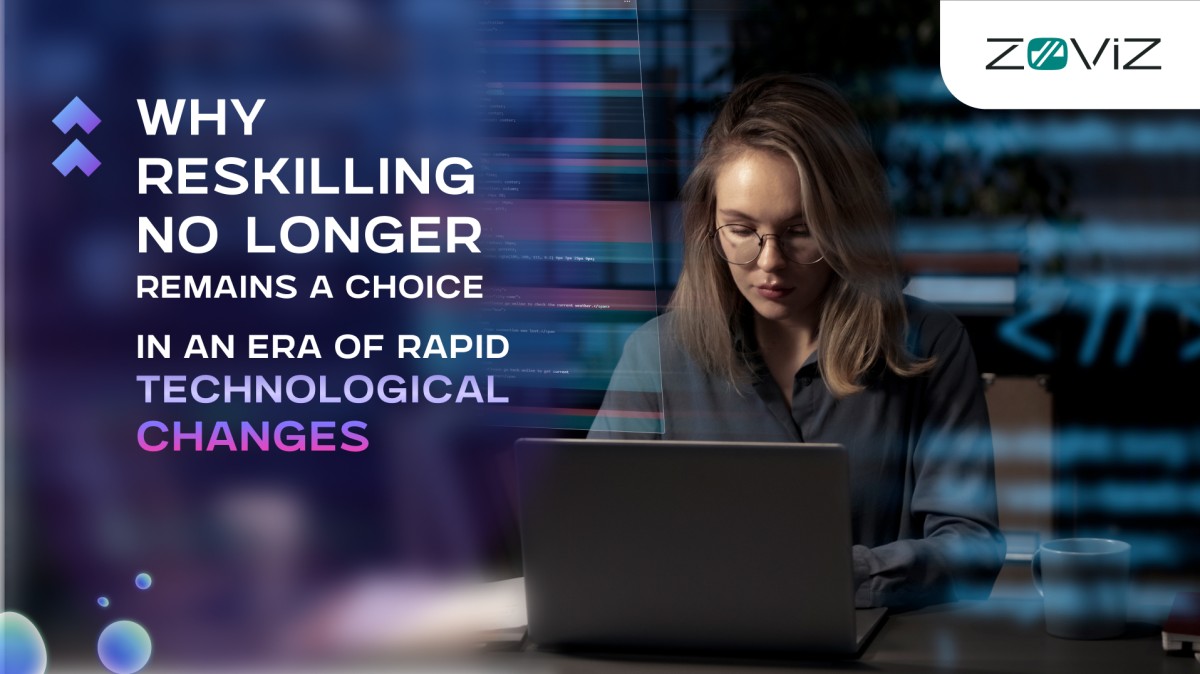Overview and Context
The modern workforce faces unprecedented transformation due to automation, AI, and evolving technology, which are predicted to reshape millions of jobs by 2030[9]. In parallel, organizations are under pressure to maintain a competitive edge by continuously upskilling and reskilling their employees, making structured learning leaves a critical tool in the arsenal of corporate strategies[2].
Corporate Policy Trends and Structured Learning Leaves
Recent corporate policy trends indicate a growing willingness to institutionalize sabbaticals as a deliberate mechanism for professional renewal and skill development. For example, companies like Monzo in the United Kingdom have introduced paid sabbatical programs that allow employees to take an extended three‐month break for every four years of service, reflecting a shift toward flexible work arrangements and enhanced employee well-being[7]. Furthermore, leaders in different sectors are reassessing traditional work practices, with an increasing number of organizations recognizing multiple benefits such as reduced burnout and enhanced creativity tied to sabbatical leaves[3].
Innovative Financing Models for Reskilling
A key component underpinning these initiatives is the exploration of novel funding models that blend corporate budgets, government incentives, and even employee contributions to support reskilling efforts. Strategic approaches include repurposing existing training budgets and taking advantage of government grants and tax incentives to reduce the financial burden, as noted in discussions of upskilling and reskilling programs[2]. Additionally, innovative public-private partnerships are emerging, which share the cost of training with external partners, thereby making mid-career sabbaticals financially sustainable and attractive for large-scale reskilling initiatives[9].
Historical Perspectives and Modern Adaptations
The concept of taking time away from routine work practices is far from new. Historical traditions, such as the ancient Sabbatical Year (Shmita) described in early religious texts, placed a strong emphasis on rest, rejuvenation, and communal renewal[4]. Over time, these practices evolved; in contemporary settings, sabbaticals have been embraced in industries ranging from academia to corporate settings, where they are used to foster deep professional growth. Mid-career sabbaticals, in particular, offer professionals the opportunity to step away from the rigors of daily work, recharge their mental and physical health, explore new interests, and ultimately return with enhanced creativity and renewed purpose[5]. Academic institutions, as highlighted in discussions on sabbatical programs for educators, have long recognized the value of extended leave to rejuvenate teaching and research efforts[6].
Impact on Productivity and Professional Development

Structured mid-career sabbaticals have been shown to yield significant productivity returns by addressing employee burnout and fostering renewed innovation. Research indicates that sabbaticals contribute not only to enhanced mental and physical well-being but also to increased creativity and better team performance[3]. Employees report tangible benefits, including improved work-life balance and the acquisition of new skills that are directly applicable upon their return to the workforce, which in turn supports long-term corporate growth and competitiveness[5].
Conclusion

Mid-career sabbaticals present a promising approach to transform how organizations manage workforce development in the face of rapid technological change. With the dual benefits of personal rejuvenation and tailored reskilling, companies are gradually moving toward institutionalizing these breaks as a standard practice by 2030. This evolution is supported by innovative financing models that blend internal budgets with government incentives and public-private partnerships. Drawing on both historical sabbatical traditions and modern implementations, it is evident that structured learning leaves can significantly enhance productivity, creativity, and long-term professional development[7][9].
Get more accurate answers with Super Pandi, upload files, personalized discovery feed, save searches and contribute to the PandiPedia.
Let's look at alternatives:
- Modify the query.
- Start a new thread.
- Remove sources (if manually added).




/Change/bar-graph_change_least-confidence-in-future@2x.png?width=1016&height=800&name=bar-graph_change_least-confidence-in-future@2x.png)
/Culture/bar-graph-1_culture_whos-responsible@2x.png?width=1016&height=952&name=bar-graph-1_culture_whos-responsible@2x.png)

